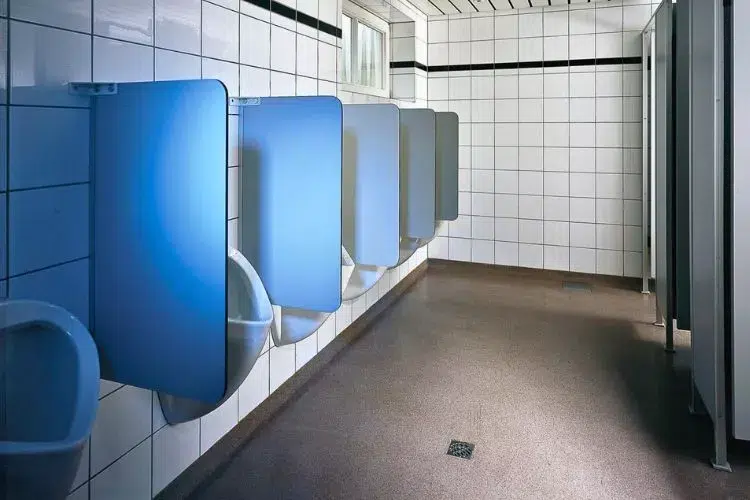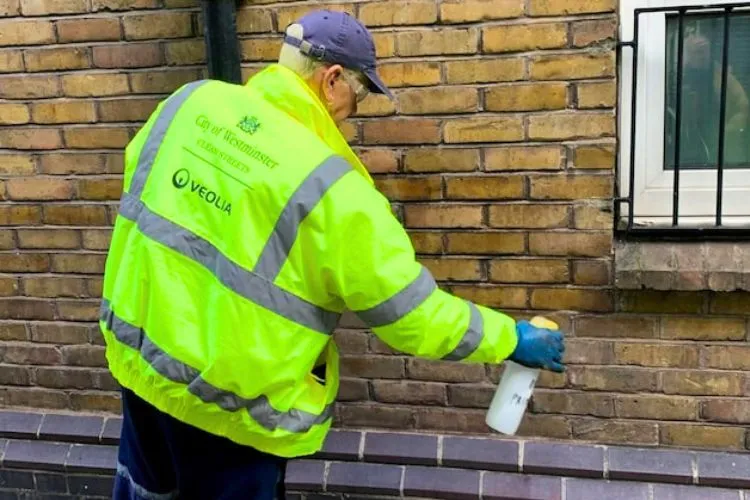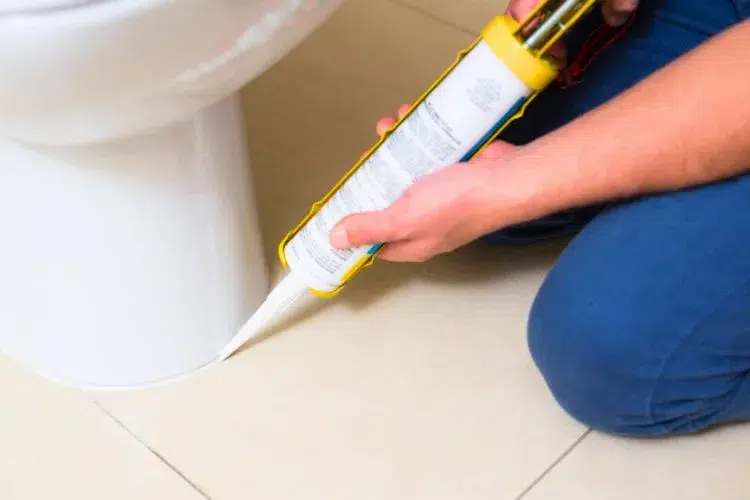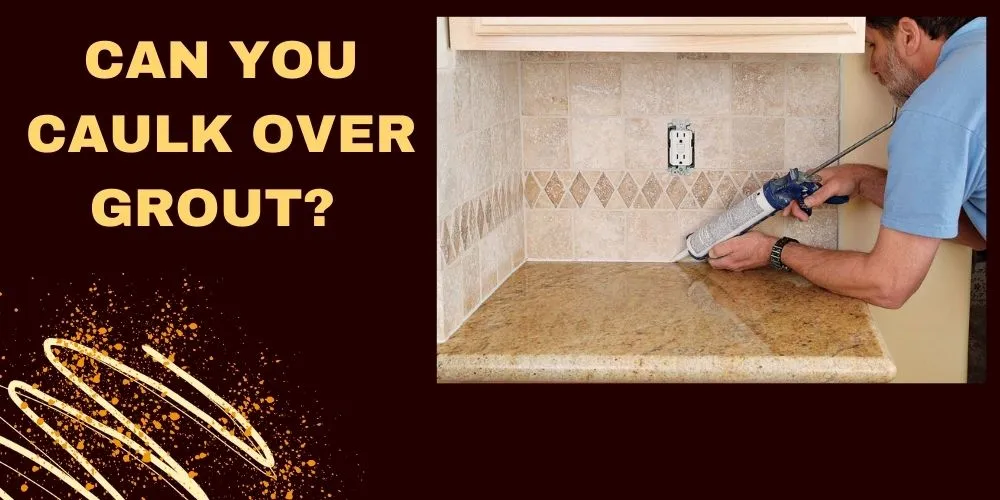Protecting bathroom floors from urine is essential for maintaining hygiene, reducing unpleasant odors, and preventing damage to the flooring material. Keeping the floors clean and dry minimizes the risk of slipping accidents and bacterial growth.
Additionally, a well-maintained bathroom fosters a comfortable environment, positively impacting the user experience. Investing in proper protection measures, such as regular cleaning and absorbent mats, ensures the long-term durability of your bathroom floor, saving on repair costs and promoting a healthier, safer space for everyone. Let’s look at how to protect bathroom floor from urine in details.

Quick Recommendations
Last update on 2025-10-25 / Affiliate links / Images from Amazon Product Advertising API
How to protect bathroom floor from urine
1. Anti-Urine Coating
Applying an anti-urine coating on the bathroom floor creates a protective barrier, preventing urine from seeping into the material. This coating also makes cleaning spills easier and discourages bacterial growth.

2. Urine-Proof Rug
Investing in a urine-proof rug designed to absorb and resist liquid penetration is a good way to protect bathroom floor from urine. Place it strategically around the toilet to catch stray droplets, ensuring a dry and clean surface.
3. Urine Splash Guard
A urine splash guard, typically installed on the rim of the toilet bowl, helps direct the urine flow into the bowl, minimizing splashes onto the floor.
4. Disposable Mat
Disposable mats are a convenient option for protecting the bathroom floor from urine. Place them around the toilet and replace them as needed. They are especially useful in high-traffic or shared bathrooms.

5. Installing a Base Plate
A base plate installed beneath the toilet provides additional protection from leaks and spills. It can be made of waterproof materials like stainless steel, plastic, or rubber, preventing urine from reaching the floor.
6. Washable Toilet Floor
Opt for a washable toilet floor with non-porous materials like tiles or vinyl. These surfaces allow for easy cleaning and maintenance, effectively preventing urine damage.
7. Sealing the Base of the Bowl
Sealing the toilet bowl’s base with a waterproof sealant prevents urine from seeping through gaps. This protects the floor and keeps your bathroom smelling fresh and clean.

Prevention Methods For Urine Damage
Regular Cleaning and Maintenance
To prevent urine damage, establish a consistent cleaning routine, including wiping down surfaces, mopping, and disinfecting. Removing urine promptly prevents stains, odors, and bacteria buildup, ensuring a clean and healthy environment.

Proper Toilet Usage
Educate family members and guests on proper toilet usage, emphasizing the importance of aiming carefully and cleaning up any accidental spills. This reduces the likelihood of urine damage and promotes a cleaner bathroom for all users.
Toilet Modifications
To minimize splashes and spills, consider installing toilet modifications, such as a raised seat or a urinal. These adaptations can be particularly helpful for young children or individuals with mobility issues.
Absorbent Mats and Rugs
Place absorbent mats or rugs around the toilet to catch any stray droplets. These can be easily washed or replaced, ensuring a dry and clean surface while protecting the floor from potential urine damage.
Ventilation and Dehumidifiers
Proper ventilation and dehumidifiers help reduce moisture levels in the bathroom, preventing the growth of mold and bacteria that can result from urine exposure. Keep windows open or use exhaust fans to maintain good air circulation.

Protective Sealants and Coatings
Apply protective sealants or coatings to your bathroom floor and around the toilet’s base. These barriers resist liquid penetration and make cleaning easier, preventing urine damage to the floor material.
Frequent Inspections
Regularly inspect the toilet and surrounding areas for signs of leaks, cracks, or damage. Addressing issues early on can prevent more extensive repairs and protect your bathroom floor from urine damage in the long run.
How do you protect a wood floor around a toilet?
Protecting a wood floor around a toilet requires proactive measures to prevent urine damage. Installing a base plate beneath the toilet provides additional protection, preventing urine from seeping into the wood. Another option is to apply an anti-urine coating to the wood floor, creating a barrier that resists liquid penetration. Additionally, placing an absorbent rug or mat around the toilet can catch stray droplets and minimize the risk of urine damage to the wood floor.

How to clean urine from floor around toilet?
Cleaning urine from the floor around a toilet requires prompt attention to prevent stains, odors, and bacteria buildup. Begin by using paper towels or a dry cloth to blot up as much urine as possible. Next, apply a cleaning solution to the affected area, such as a mixture of water and vinegar or a commercial urine cleaner. Use a scrub brush or sponge to work the solution into the stain, then rinse with clean water and dry the area thoroughly.
How do you clean the floor under a toilet?
Cleaning the floor under a toilet requires some effort, but it can be done with the right tools and techniques. Start by turning off the water supply to the toilet and flushing the toilet to empty the bowl. Next, use a plunger or auger to clear any clogs or blockages in the drain.

Then, disconnect the water supply and remove the toilet from its base. Use a putty knife or scraper to remove old wax or debris from the flange and base. Next, clean the floor thoroughly with a disinfectant solution, using a scrub brush or sponge to remove dirt or grime. Finally, replace the wax ring and reinstall the toilet, bolting it securely to the flange.
🚿 Additional Tips for Preventing Urine Damage Around the Toilet
Choose the Right Bathroom Flooring
The type of flooring in your bathroom plays a significant role in preventing urine damage. Opting for materials like ceramic or porcelain tiles, vinyl, or rubber can make cleaning easier and provide a more durable surface that resists urine penetration.
These materials are non-porous, making it much harder for urine to soak into the floor and cause stains or odors. Wood and laminate flooring, on the other hand, can absorb moisture and urine, leading to long-term damage if not properly protected.
Use Toilet Seat Covers
A toilet seat cover can be another protective measure to reduce splashes and spills. While not foolproof, a soft, absorbent cover can help absorb any stray droplets before they reach the floor.
These covers are easy to wash and can be replaced when needed, providing an additional layer of protection for your bathroom floor.
Install a Toilet Splash Guard or Shield
For extra protection, consider installing a toilet splash guard or shield around the base of your toilet. These guards are designed to prevent any urine from splashing out of the toilet bowl, especially when using a toilet that’s used frequently or by children.
Splash guards can be discreetly installed and are available in various styles to match your bathroom decor.
Encourage Proper Hygiene Practices
Encouraging good hygiene practices is crucial in preventing urine damage. Teach children to sit on the toilet properly and avoid splashing or missing the bowl.
Additionally, ensure that all bathroom users wipe down the toilet after use, especially if there are any accidental drips or splashes. Keeping a toilet brush and wipes nearby for quick cleanups can also help maintain cleanliness and protect the floor from damage.
Address Plumbing Issues Immediately
Any leaks or plumbing issues, such as a faulty toilet seal or water pooling under the toilet, should be addressed as soon as possible.
Over time, even minor leaks can cause significant damage to the bathroom floor, promoting bacterial growth and leading to unpleasant odors. Make sure to inspect the toilet periodically for leaks or cracks, and fix any issues promptly to avoid potential urine damage.
Conclusion:
If you know how to protect bathroom floor from urine, you can effectively minimize the risk of urine damage by implementing a consistent cleaning routine, educating family members on proper toilet usage, and utilizing practical solutions such as absorbent mats, protective coatings, and proper ventilation.
Remember, prevention is key; taking proactive measures to protect your bathroom floor will preserve its appearance and contribute to a healthier, more comfortable home for you and your family.





